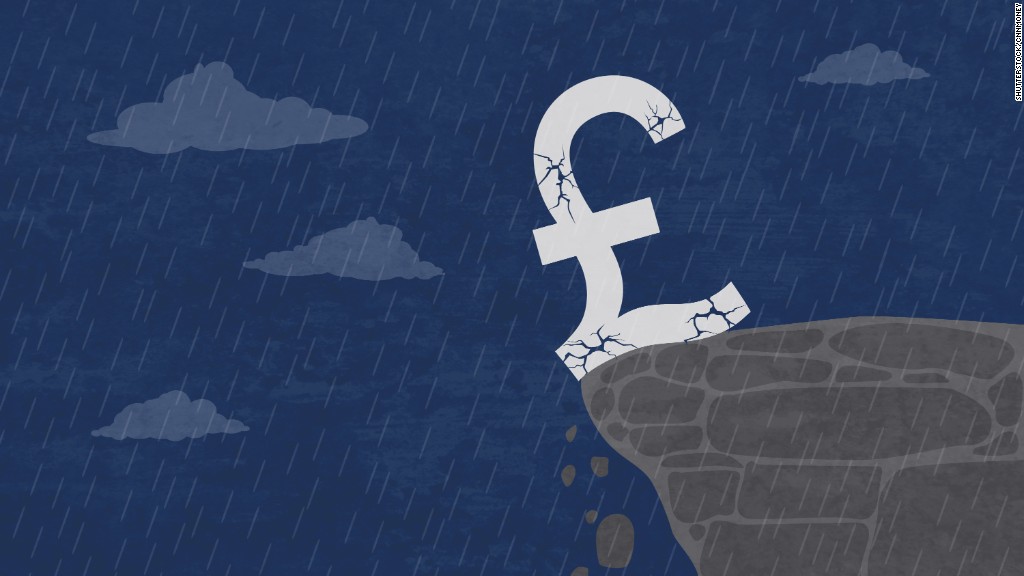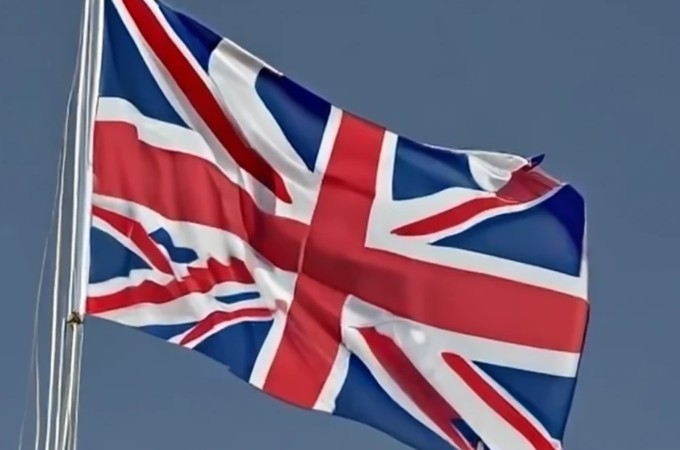
Pound flash crash has traders blaming algorithmic trading for selling frenzy
By The Business Times
[SINGAPORE] Two minutes of chaos in Asian trading sparked a plunge in the pound to a 31-year low, with traders saying the slump was exacerbated by computer-initiated sell orders.
The 6.1 per cent decline, the biggest since voters chose to leave the European Union, drove sterling as low as US$1.1841, according to composite prices compiled by Bloomberg using contributions from a range of dealers. With the currency already in freefall amid concern about a so-called hard Brexit, Friday’s slide took it the weakest level since March 1985.
At least one electronic trading platform recorded a transaction at US$1.1378, said traders, who asked not to be identified because they aren’t allowed to speak publicly.
The extent and speed of the drop adds to signs that bouts of extreme volatility are becoming more commonplace in the global currency market as the volume of transactions dwindle and algorithmic traders pick up market share. In January, the South African rand tumbled more than 9 per cent in 15 minutes before rebounding, while New Zealand’s dollar had its own flash crash last August.
“In a word, frightening,” Karl Schamotta, director of foreign-exchange research and strategy at Cambridge Global Payments in Toronto, said in an e-mailed response to questions.
“Confidence in the currency markets has been badly shaken once again, and any trader who rode tonight’s roller-coaster will certainly question the quality of liquidity going forward.”
The pound pared the drop to trade 1.3 per cent weaker at US$1.2456 at 6:41am in London. Traders speculated that the initial decline may have been sparked by human error, or a so-called “fat finger” with algorithms adding to selling pressure at a time of day where liquidity is low.
Others pointed to a Financial Times article citing French President Francois Hollande as saying the UK must suffer the consequences of leaving the European Union.
“It would seem that it caught the market wrong-footed and triggered a lot of algorithmic selling,” said Hugh Killen, Westpac Banking Corp’s head of trading for foreign exchange, fixed income and commodities, in Sydney.
“We didn’t see any significant demand for sterling off the low. It was more of the point that the selling subsided and the market calmed and it reverted back to a level that was more realistic for the day.”
One-week implied volatility for the pound against the US dollar jumped to as high as 16.77 per cent, the highest since July 14, from 10 per cent Thursday.
Thin Liquidity
Mr Hollande, speaking in Paris at a dinner attended by EU officials, urged the bloc to fight hard on negotiations with Britain.
“There has to be a price to pay or else the negotiations won’t go well,” said Mr Hollande.
“Such comments on their own would not be enough to cause a plunge on this scale, but once a move gets going in thin liquidity it can snowball quickly,” said Gareth Berry, a foreign-exchange and rates strategist in Singapore at Macquarie Bank Ltd.
While the pound “may recover to the US$1.25 area today, all technical support has now been obliterated, so sterling is doomed from here over the months ahead.”
Other markets remained resilient. S&P 500 Index futures slipped 0.2 per cent, while a gauge of Asian equities lost 0.4 per cent. Contracts on the UK’s benchmark equity gauge, where exporters have been rallying as the weaker pound buoys the outlook for earnings, added 0.8 per cent.
“It is possible some opportunistic hedge funds, model-based accounts including algorithmic traders, seized the chance to capitalise on the thin market liquidity and aggressively sold GBP/USD, triggering a series of stops,” Richard Grace, chief currency strategist and head of international economics at Commonwealth Bank of Australia in Sydney, wrote in a note to clients.
Sterling Pressure
The pound may weaken beyond Commonwealth Bank’s 2017 forecast of US$1.20 as the UK economy slows further and capital outflows accelerate, Mr Grace wrote. Speculation of further interest rate cuts by the Bank of England and policy tightening by the Federal Reserve in December will also pressure sterling, he wrote.
Leaving the EU has been the main topic at the ruling Conservative Party’s annual conference this week, with UK Prime Minister Theresa May seemingly moved closer toward a so-called hard Brexit that would restrict access to the EU’s single market so that the government can control immigration.
Sterling has been accelerating losses since she was said to take the view that financial services would get no special favours in EU exit talks.
The pound has dropped 16 per cent since the referendum, and is 2016’s worst performer among 31 major currencies tracked by Bloomberg. Companies including Goldman Sachs Group Inc and AllianceBernstein Holding LP have issued predictions for more pain ahead.
Still, Derek Mumford, a director at Rochford Capital Pty in Sydney, said he and his colleagues were searching for a reason amid Friday’s pound plunge, scanning news agency reports and the Internet.
“The speed of the move looks like a kind of a flash crash, some sort of failure,” Mr Mumford said, adding that sterling is set to drop to US$1.15 in the coming weeks if it doesn’t recover above Mr $1.28.
“I’m sort of struggling to justify it. I don’t think there’s any shock that the EU will be going for a hard Brexit.”
First appeared at TBT





